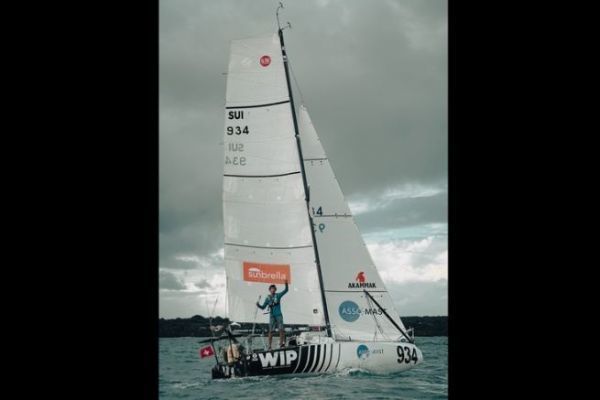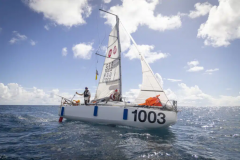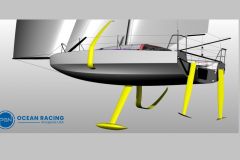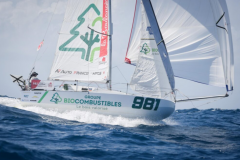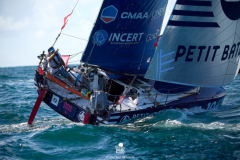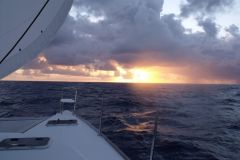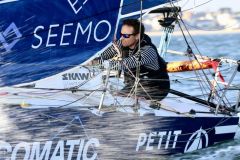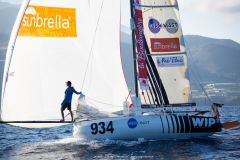Fresh from a fine victory in the Mini Transat 2025, Mathis Bourgnon has embarked on a transatlantic return voyage aboard his number 994, a proto designed by Étienne Bertrand in 2017. Setting out from Saint-François, Guadeloupe, he is now heading for Brittany. While the outward journey was marked out by the Mini Transat, the winter return journey is anything but. Especially on such a small sailboat.
An unusually demanding route for a Mini
Crossing the Atlantic in December is already a challenge for any yachtsman. But doing so aboard a 6.50-meter sailboat greatly increases the constraints. The prevailing westerly wind, frequent and sometimes violent low-pressure systems, damp cold and short weather windows make this a tricky route. In contrast to the outward journey, the return transatlantic race will be sailed against the elements, partly upwind in headwinds. The return trip in a Mini is not simply an extension of the race, it's an exercise in itself.
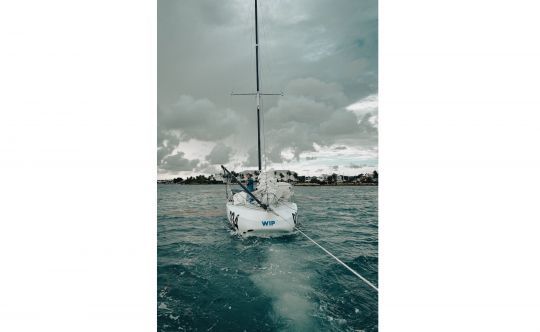
Unlike the Mini Transat, which is run without assistance, this time Mathis can rely on the experience of his father, Yvan Bourgnon. The latter is responsible for weather routing on land. This support is authorized in the context of a delivery trip, but in no way reduces the difficulty of the navigation.
Precedents from New York, but not on this route
Mini 6.50s have already crossed the North Atlantic single-handed to Europe, notably from New York, as part of record attempts on the North Atlantic. These navigations, often summertime or carried out in different settings, took other trajectories and were part of pure performance logics. The route chosen by Mathis, between the West Indies and France in the middle of winter, has already been taken by other ministes in the past, but never by the winner of the event, and never in the middle of winter. In spring, Amaury Guerin aboard 996 is also due to make his return trip to Brittany.
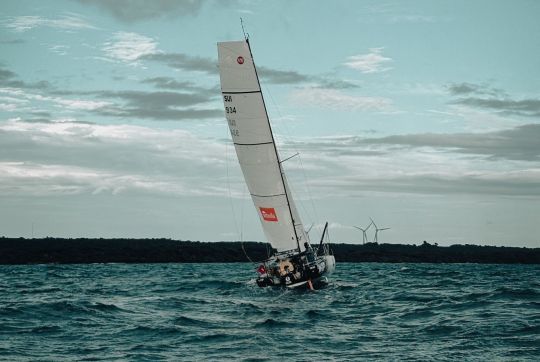
A personal project coupled with a commitment to solidarity
Mathis Bourgnon's project, called Défi ASSOMAST, aims to raise public awareness of mast cell diseases. It's not just a sporting feat. Sailing for a cause adds an extra dimension to the challenge. The choice of a winter return crossing also reflects this desire to highlight, through effort and endurance, a little-publicized battle.

 /
/ 